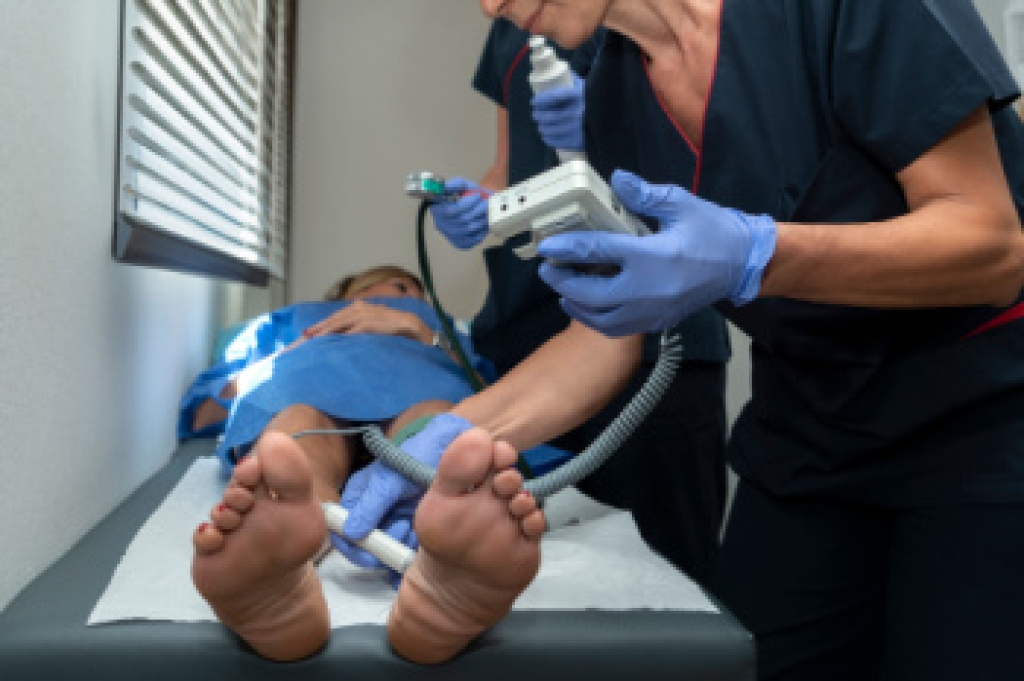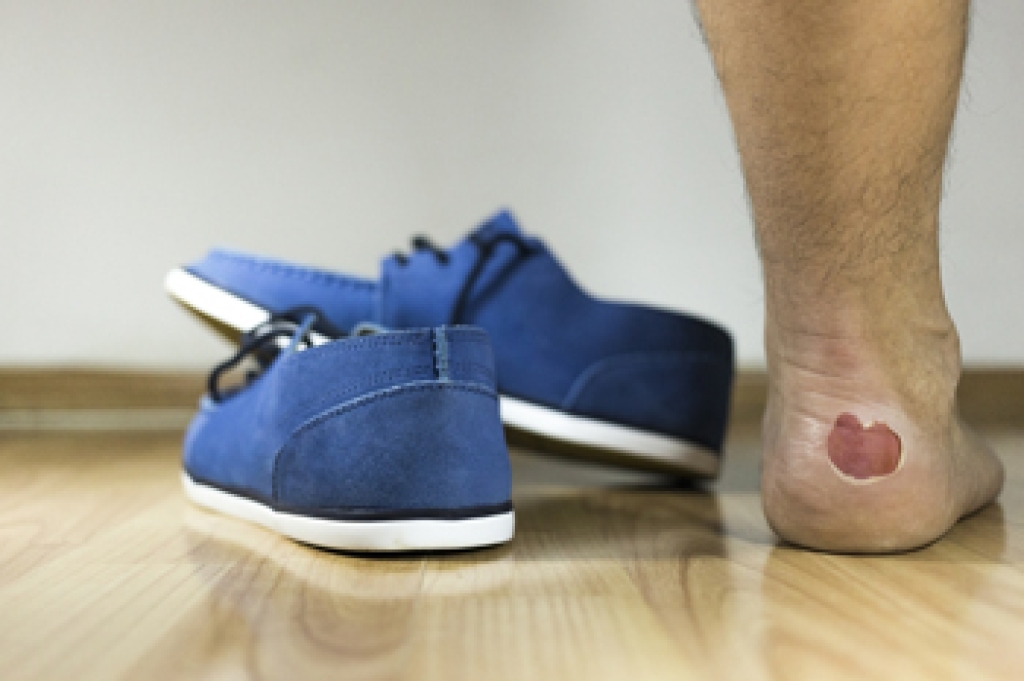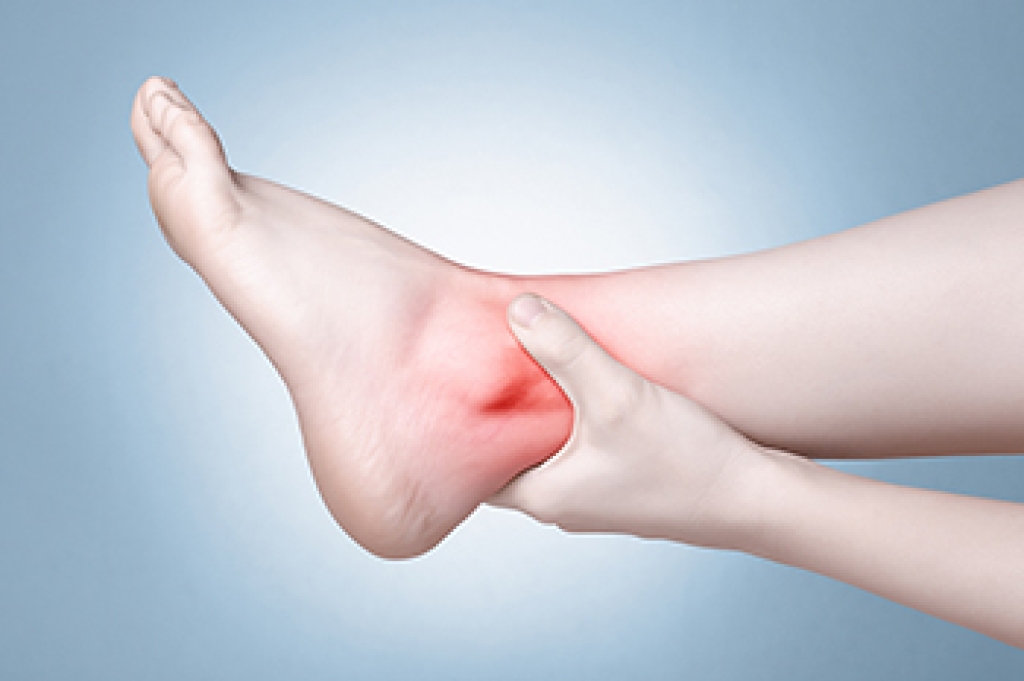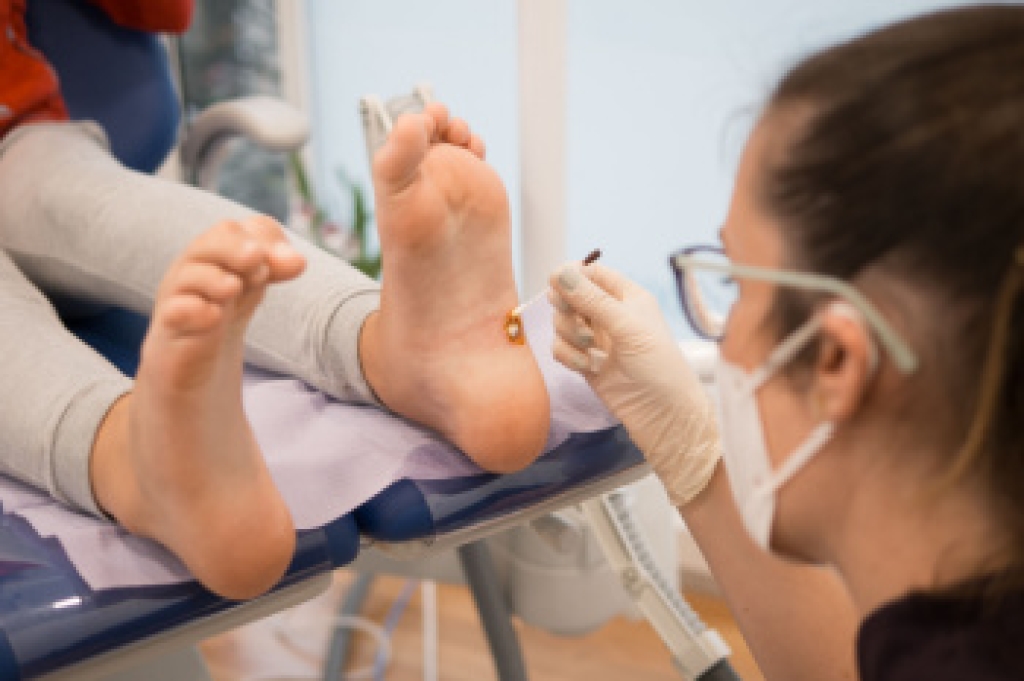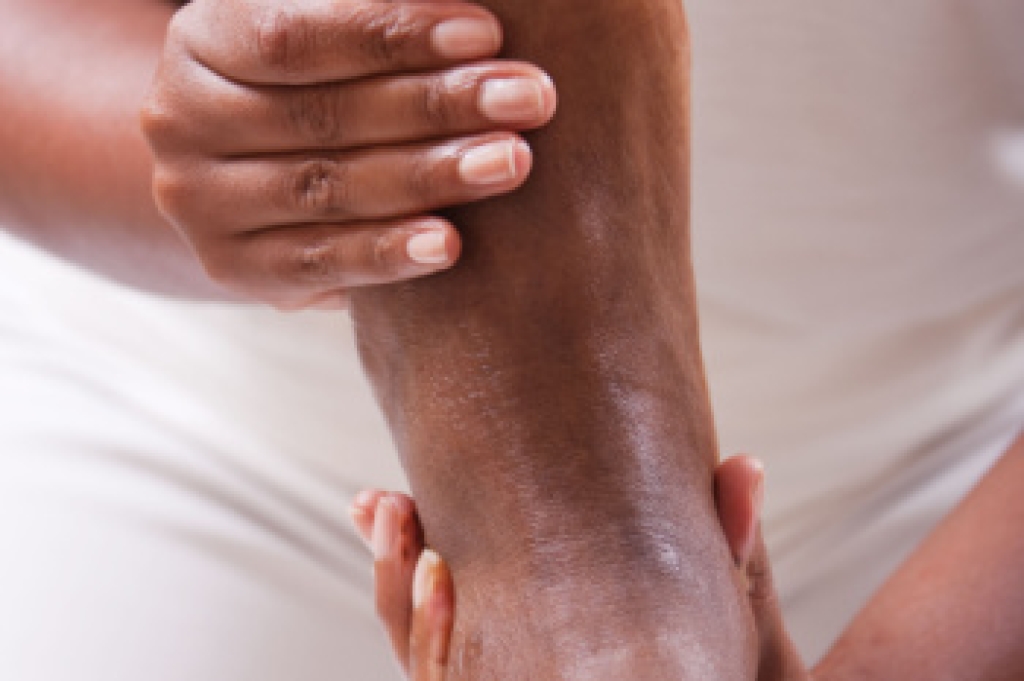
Reliable mobility depends on feet that feel supported, flexible, and free of irritation. Caring for the skin, monitoring nail health, and selecting footwear that matches your activity level all play a role in keeping each step steady. Light stretching for the toes, heels, and ankles can enhance flexibility, while addressing small concerns early prevents soreness that may interrupt daily routines. Conditions such as calluses, cracked skin, fungal infections, and numbness can gradually make walking less comfortable if they are ignored. Many adults also benefit from routine foot evaluations, which help identify changes that may interfere with balance or endurance. When the feet stay comfortable, staying active becomes far easier. If you notice persistent discomfort or difficulty with walking, it is suggested that you schedule an appointment with a podiatrist for personalized care.
Everyday foot care is very important to prevent infection and other foot ailments. If you need your feet checked, contact Braden Jenkins, DPM from The Ridge Foot & Ankle Center. Our doctor can provide the care you need to keep you pain-free and on your feet.
Everyday Foot Care
Often, people take care of their bodies, face and hair more so than they do for their feet. But the feet are a very important aspect of our bodies, and one that we should pay more attention to. Without our feet, we would not be able to perform most daily tasks.
It is best to check your feet regularly to make sure there are no new bruises or cuts that you may not have noticed before. For dry feet, moisturizer can easily be a remedy and can be applied as often as necessary to the affected areas. Wearing shoes that fit well can also help you maintain good foot health, as well as making it easier to walk and do daily activities without the stress or pain of ill-fitting shoes, high heels, or even flip flops. Wearing clean socks with closed shoes is important to ensure that sweat and bacteria do not accumulate within the shoe. Clean socks help to prevent Athlete’s foot, fungi problems, bad odors, and can absorb sweat.
If you have any questions, please feel free to contact our office located in Idaho Falls, ID . We offer the newest diagnostic and treatment technologies for all your foot care needs.
